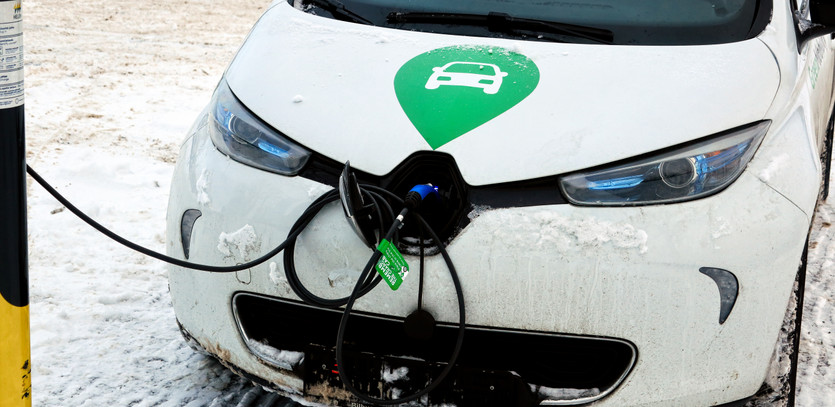On Thursday, the government of France made an official announcement about a list of vehicles that are in compliance with its newly revised regulations. As part of the changes, the French government encourages consumers to purchase locally made electric vehicles by giving preference to cars manufactured domestically and in Europe, as opposed to those manufactured in China.
Sixty-five Percent of Electric Cars to Meet Guidelines
With the revisions in the policy, it is estimated that around 65% of all electric cars sold in France will fall into the guidelines. Starting Friday, these revised criteria will also take into account the carbon emissions produced during the manufacturing process of each vehicle.
Compliant European Autos
Among the many compliant cars, 24 models are manufactured by Stellantis, a Franco-Italian company, and five are from the French automaker Renault. Tesla's Model Y, created by the entrepreneur Elon Musk, is among the approved units, unlike its sister model, the Model 3.
Chinese Manufacturers Express Concern
The updated guidelines have raised concerns among Chinese manufacturers. MG Motors, one of China's electric vehicle corporations under SAIC's umbrella, warned that the altered guidelines could negatively impact France’s electric vehicle market.
Supporting a Greener Environment
The French Finance Minister, Bruno Le Maire, applauds the new regulations for motivating car manufacturers to reduce their carbon footprints. He insisted that the government would no longer support production of high CO2 emitting vehicles.
Previous Incentives and New Challenges
In a bid to boost the purchase of electric vehicles, the French government had previously offered financial benefits between 5,000 to 7,000 euros, costing the country approximately 1 billion euros per year. However, officials from the French finance ministry pointed out that the limited availability of affordable European-made electric vehicles resulted in one third of the incentives supporting Chinese-made EV purchases. This not only led to an increased number of imported EVs, but also created a competitive imbalance between foreign and local manufacturers.
Effects on Chinese EVs
The projected implications could be quite severe for Chinese EVs, which heavily depend on coal-generated electricity for their production process. These vehicles may not be able to meet the criteria required to qualify for the incentives.
An Exhaustive Evaluation
The Ademe agency, responsible for overseeing the process, undertook the large task of assessing nearly 500 distinct electric vehicle models and their variants to determine eligibility for the incentive program. Notably, the Dacia Spring model, a product imported from China, was excluded from the list for not meeting the necessary standards.
Market Response to Revised Guidelines
Following the announcement, both STLA and TSLA shares experienced a surge in Thursday afternoon’s trading, increasing by 2.22% and 4.56% respectively.





